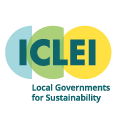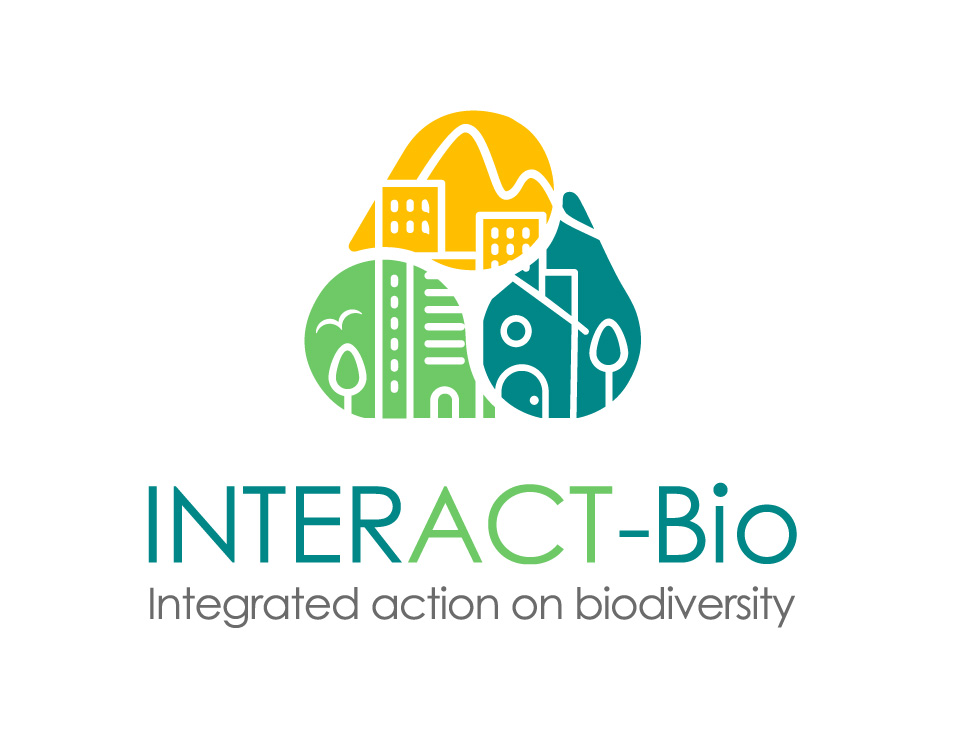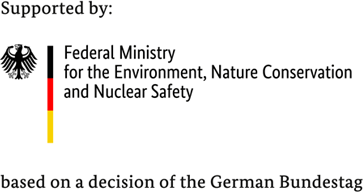Campinas
Campinas is located in the southeast in a strategic watershed and is part of the Cantareira Water System, which supplies water for the sprawling State of São Paolo. Recently, the region has suffered from a major water crisis, with extremely low water levels and near the brink of collapse.



